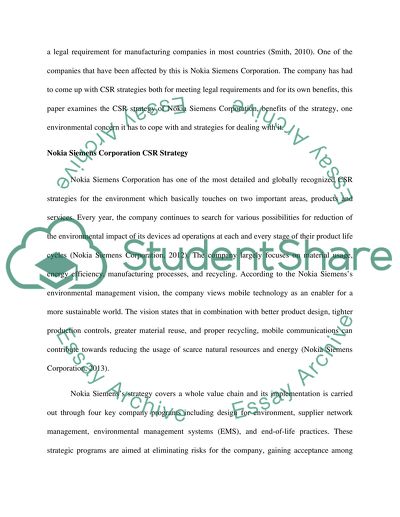Cite this document
(“CSR - corporate social responsibility Assignment”, n.d.)
Retrieved from https://studentshare.org/design-technology/1637971-csr-corporate-social-responsibility
Retrieved from https://studentshare.org/design-technology/1637971-csr-corporate-social-responsibility
(CSR - Corporate Social Responsibility Assignment)
https://studentshare.org/design-technology/1637971-csr-corporate-social-responsibility.
https://studentshare.org/design-technology/1637971-csr-corporate-social-responsibility.
“CSR - Corporate Social Responsibility Assignment”, n.d. https://studentshare.org/design-technology/1637971-csr-corporate-social-responsibility.


